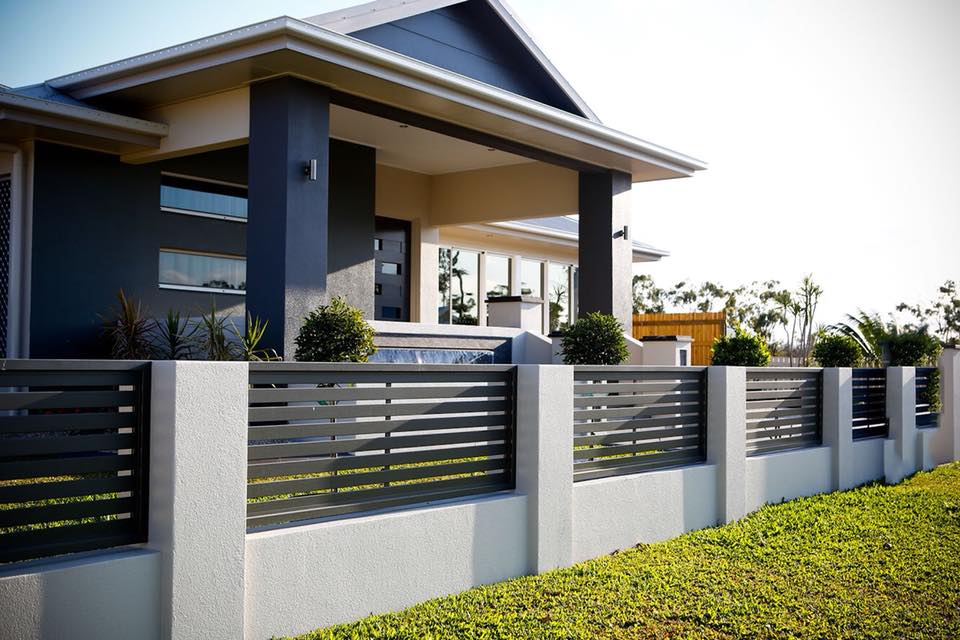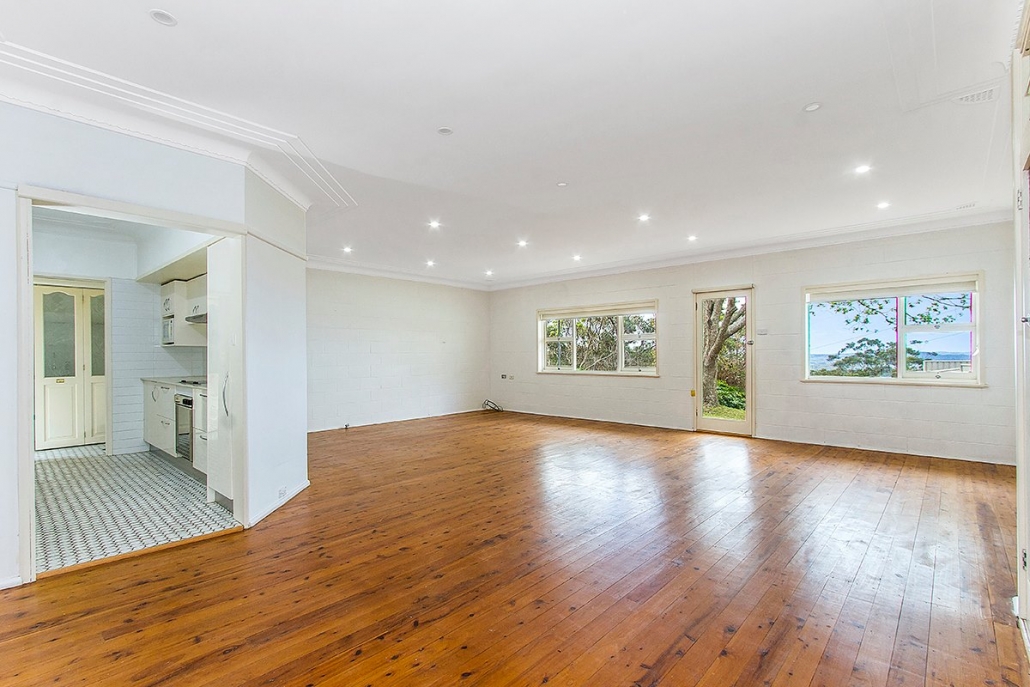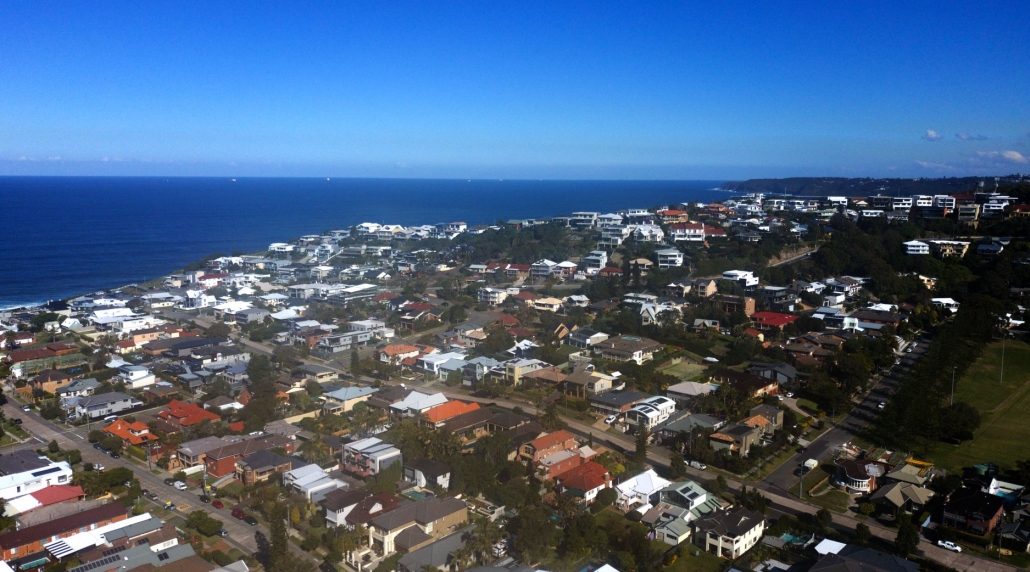5 Ways To Generate More Income From Your Investment Property Portfolio

With the banks tightening up on lending, uncertainty in the marketplace and possible interest rate rises, landlords who own investment properties now need to turn into – property entrepreneurs. New methods need to be implemented to help manufacture and force equity in an uncertain market.
Investing in property is gaining in popularity as millennials are able to see the returns that their former generation were able to achieve in the past decade. An abundance of information available to us now through the internet showcasing some of the best property investors in the world, is fuelling our obsession with property investment.
For example, the latest release of ATO data show the number of individuals with the one investment property stands at a record 1.468 million. This is an increase off around 58,000 each tax year. However less than one percent of investors, or 19,198 own six or more property, despite the recent property boom fuelling a buying frenzy.
Building a strategy on how to keep investing rather than stopping at one or two investment properties is paramount. This will ensure you always retain control over your portfolio and are able to keep moving forward on your property investment journey.
The following 10 tactics have been recommended by seasoned investors, developers, valuers and brokers to help boost returns on your investment.
Cosmetic Renovation
Cherie Barber, educator and celebrity renovator of Renovating for Profit, thinks it’s not just about saving money but also about making money too! “People look to renovating these days as a way to build their wealth,” she said.
Most people don’t have $50,000 or $100,000 or $200,000 sitting in the bank but the average person has $1000 or $2000 or $5000. This can cover a small cosmetic renovation of paint, new carpet, installing new window furnishings or call a floor sander in to polish the floor boards.
These renovation strategies can help retain tenants, increase rental income and help boost the overall value of the property.

Granny Flat
Nearly 100 granny flats are being completed each week in Sydney alone, a three-fold growth in five years, according to state government figures.
This could be largely due to the increase in potential rental return once the second dwelling is constructed. Rental returns can range between $200 and $500 per week depending on build quality and location. With a build cost of approximately $120,000, this makes a solid return on investment.
“With jobs and population growth rising, investors looking to build granny flats can be confident of solid rental returns for many years to come,” Matthew Burroughs from DB Homes said.
Refinance Loan
The big four banks, which account for more than 80 percent of the nation’s home loans, are expected to raise rates because of soaring funding costs, according to Citi. This will hurt investors pockets, and it is important to review all home loans at least every 12 months to avoid financial burden on repayments.
Lenders are now offering the best packages for investors with healthy deposits and stable PAYG income. Remember it is easier to negotiate a new rate with a new lender than it is to negotiate with your existing bank. He new lender is usually hungrier for the business, therefore most often offering the best incentive to make the switch.
Tax Depreciation
Depreciation is a decline in value tax deduction for the building structure and plant and equipment assets of any income producing property. This can be claimed by all residential investment property owners each financial year. Maximising depreciation deductions helps reduce an investor’s taxable income.
Every year, thousands of dollars go unclaimed by property investors who are none the wiser. All it usually takes is a qualified quantity surveyor to inspect your home and prepare a report for your accountant. The savings can be bigger than you think.
Keep Saving
A lot of people work very hard to save for their deposit on their first investment property, but once they have purchased one or two properties they sit back and stop saving. The problem is, is that two investment properties is not going to set you up for financial freedom.
If you want to retire on a passive income and not rely on your superannuation, then you need to continue to save towards a multiple property portfolio. Don’t just rely on capital growth to occur on your existing properties, because if they don’t grow then you can’t keep acquiring more assets.
Keep producing income from your job or your business if you are self-employed, and continue to put a significant portion of your savings into income generating assets.



